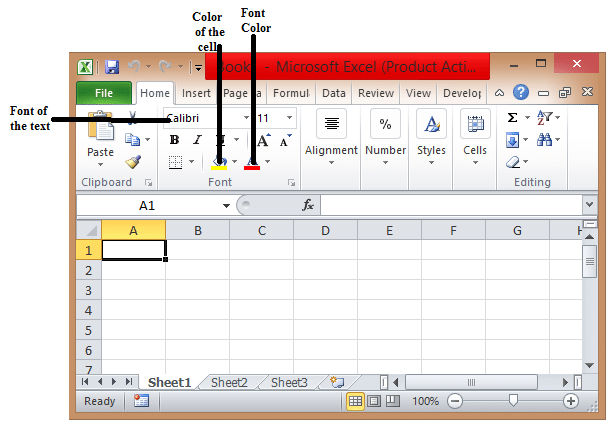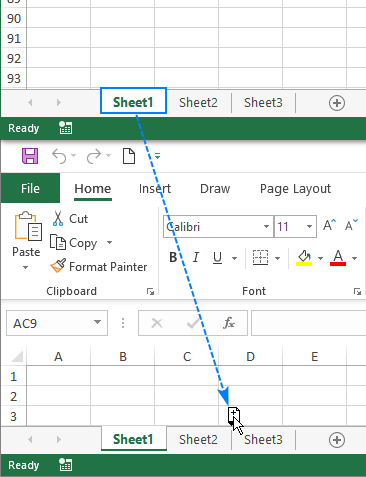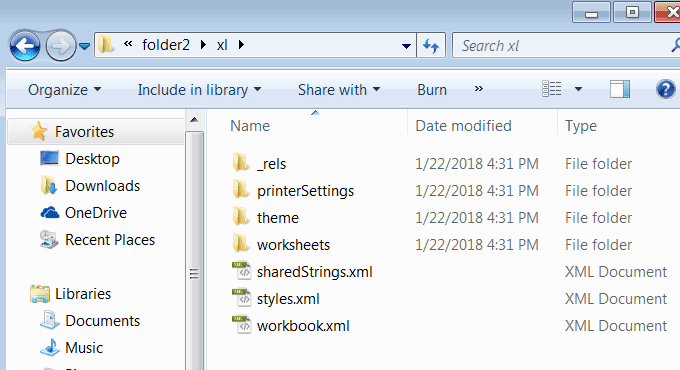3 Ways to Add New Excel Sheet Without Mouse

Introduction

Spreadsheets are a staple in the world of office work, finance, data analysis, and much more. Microsoft Excel, being one of the most widely used spreadsheet applications, offers various ways to manage your workbooks. One frequent task in Excel is adding new sheets to a workbook. While most people are familiar with using the mouse to add new sheets, there are also keyboard shortcuts and other methods that can streamline your workflow. Here's how you can add a new Excel sheet without ever needing to touch your mouse:
Method 1: Keyboard Shortcuts

Keyboard shortcuts are among the fastest ways to execute commands in Excel. Here are the steps:
- Windows: Press
Shift + F11. This will insert a new sheet immediately to the left of the currently active sheet. - Mac: There isn't a direct Mac equivalent, but you can simulate it with
Fn + Shift + F11on some keyboards. If this doesn't work, follow these steps:- Press
Ctrl + PgDnto move to the last sheet in the workbook. - Press
Alt + E, then releaseAltand pressSfollowed byNandEnter.
- Press
⚠️ Note: On newer versions of Excel, the F11 key might be used to start a presentation mode. You might need to adjust your keyboard settings or use the Fn key combination on some laptops.
Method 2: Using Ribbon Shortcuts

If you prefer using the ribbon, Excel provides a quick access to common commands through shortcut keys:
- Press
Alt + Hto open the Home tab in the Ribbon. - Press
Ito select the Insert menu. - Press
Sto insert a new sheet.
Method 3: Using VBA

For those who are comfortable with Visual Basic for Applications (VBA), here's how to add a new sheet using macro:
Sub AddNewSheet()
Dim ws As Worksheet
Set ws = ThisWorkbook.Sheets.Add(After:=ActiveSheet)
With ws
.Name = "NewSheet" & ActiveWorkbook.Sheets.Count
End With
End Sub
To use this VBA script:
- Open the Visual Basic Editor by pressing
Alt + F11. - Insert a new module from the Insert menu.
- Paste the above code into the new module.
- Return to Excel and press
Alt + F8to run the macro.
🧑💻 Note: Be cautious with macros as they can potentially contain harmful code. Always use macros from trusted sources.
In summary, while adding a new sheet is a common and simple task, learning different methods to achieve this can significantly improve your efficiency. Keyboard shortcuts provide a rapid way to add sheets, ribbon shortcuts offer an alternative approach, and VBA scripts allow for automation and customization in your Excel workbooks. These methods ensure that you can work faster and with less disruption, whether you're managing finances, organizing data, or performing complex calculations.
Can I change the default name of a new sheet?

+
Yes, you can. When you add a new sheet using any method, Excel will name it “Sheet1”, “Sheet2”, etc. You can immediately rename it by typing a new name in the sheet tab or using VBA to set a custom name.
Is there a way to create multiple sheets at once?

+
Yes, with VBA you can create multiple sheets at once. Modify the above VBA code to loop through and add sheets as needed:
Sub AddMultipleSheets()
Dim i As Integer
For i = 1 To 5 ‘ Change the number to add more or fewer sheets
Sheets.Add After:=Sheets(Sheets.Count)
Next i
End Sub
What if the shortcuts don’t work on my Excel?

+
Check your Excel settings. Keyboard shortcuts might not work due to:
- Customization in Excel Options > Customize Ribbon > Keyboard.
- Conflicting global shortcuts set by your operating system or other software.
- Keyboards that have different function key behavior (try using the
Fnkey).


